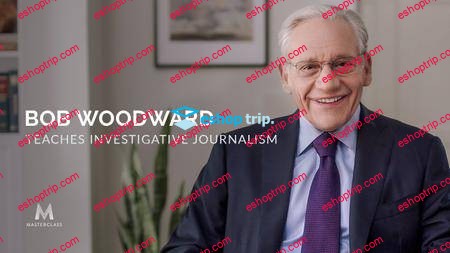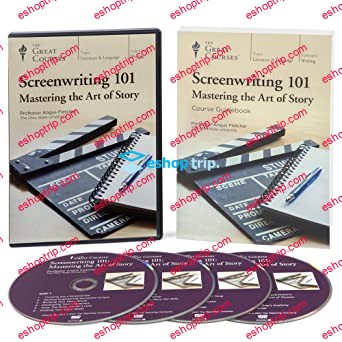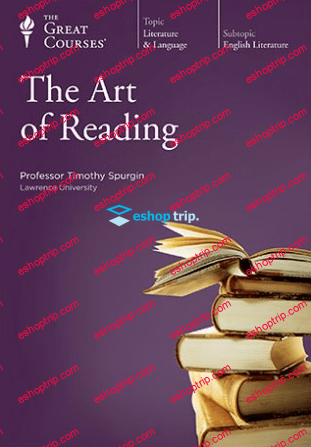.MP4, AVC, 1000 kbps, 1280×720 | English, AAC, 128 kbps, 2 Ch | 4+ hours | + PDF Workbook | 2.00 GB
Find the real story
Bob Woodward was just 29 when he changed a nation. His Watergate reporting with Carl Bernstein helped expose the corruption of the Nixon presidency. Two Pulitzer Prizes and eighteen best-selling books later, the legendary journalist is teaching his first-ever online class for anyone who wants to find the truth. Learn to investigate a story, interview sources, and understand how the news is written. The next history-making story might be yours.
Meet your new instructor: Bob Woodward. In this chapter, Bob underscores the vital role of journalism today. He also shares his belief that there are no boundaries to searching for what he calls “the best obtainable version of the truth.”
02. Guiding Principles
Bob’s guiding principles push you to get outside your comfort zone, carve your own path, and leave opinion and political slant out of your reporting.
03. Finding the Story
Bob explains what makes a compelling news story. He urges you to be open to changing course if a better story materializes.
04. Students Dig Into Woodward’s Interview With Trump
Bob and a group of students from his Yale journalism seminar take a deep dive into his interview with then–presumptive Republican presidential nominee Donald Trump.
05. How to Approach In-Depth Reporting
In-depth reporting requires you to be persistent, focused, and proactive. Bob discusses the value of giving your case the time it deserves and getting out in the field to verify what you’ve learned from your research.
06. The Reporting Challenges of Watergate
Watergate was a pivotal moment in Bob’s career. In this chapter, he shares the lessons he learned from reporting on this groundbreaking historical event.
07. Hunting Down the Documents
Bob teaches you the importance of documentation—both acquiring documents for your reporting, and documenting your own research. He offers multiple ways to find written evidence to build your story.
08. Finding Sources
Bob explains why sources decide to share information with journalists and teaches you how to assess who to talk to when investigating a story.
09. Developing Sources
From establishing ground rules to strategically sharing what you already know, Bob teaches what to keep in mind as you initiate contact with sources for a story.
10. How Watergate’s Mark Felt Became Deep Throat
Bob reveals how he developed his relationship with Mark Felt, the source who became known as “Deep Throat” during the Watergate scandal.
11. Building Trust With Sources
Learning how to build trust with sources is one of the most valuable lessons you can learn as a reporter. Here, Bob breaks down his approach—from expediting intimacy to maintaining your boundaries.
12. Growing Your Roster of Sources
As a reporter, the more sources you have in your arsenal, the better your chances of unearthing valuable information. Bob shares ways to expand the scope of people who will talk to you.
13. Students Critique Woodward’s Interview With Obama
Bob and a group of students from his Yale journalism seminar analyze his interview with President Barack Obama about his decisions in war.
14. Penetrating the CIA – Building a Relationship With Bill Casey
Developing a relationship with a source over time can be one of the most productive endeavors a reporter can take on. Here, Bob shares how he managed to build a relationship with then–CIA director Bill Casey.
15. Preparing for the Interview
There are several important steps you should take before formally interviewing a source. From determining the best location to meet, to deciding whether to send the questions ahead of time, Bob walks you through how to prepare for your interview.
16. Conducting the Interview
Interviewing is one the most important parts of a reporter’s job. Here, Bob details the best practices to follow as you question a source.
17. Navigating Interview Challenges
Many challenges can arise when you are interviewing someone to uncover the truth. Bob provides insight into how to push through interview obstacles, from withstanding hostility to addressing deception.
18. Lessons From Editors
From the surprising value of rejection to the importance of honest communication, Bob reveals what he’s learned from the many accomplished editors he’s worked with over the years, including renowned Washington Post editor Ben Bradlee.
19. Developing the Theory of the Case
Using examples from his own reporting, Bob discusses some common pitfalls reporters run into when developing their theory of the case.
20. Writing the Story
After all your investigative work and research, ultimately you have to write your story. Here, Bob shares strategies for turning what you’ve uncovered into a compelling piece of journalism.
21. Polishing the Story
From deciding what details to include to evaluating word choice, Bob provides advice on how to fine-tune your news story once your initial draft is complete.
22. Publishing Secrets
Bob explains his approach to reporting on secrets—particularly information that involves the public’s safety, national security, and government intelligence.
23. Learning From Mistakes
Bob shares the valuable lessons he has learned from mistakes he’s made during his long career as a journalist.
24. The State of Journalism
Bob discusses how the internet has transformed the landscape of journalism. He encourages reporters to continue fighting to uncover the truth—even in the face of attacks on the media.











Reviews
There are no reviews yet.